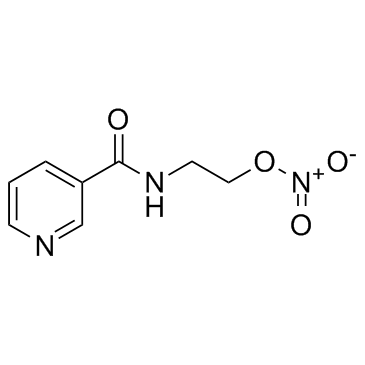| Structure | Name/CAS No. | Articles |
|---|---|---|
 |
Nicorandil
CAS:65141-46-0 |
|
 |
NS-1619
CAS:153587-01-0 |